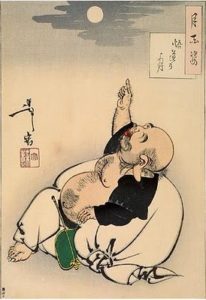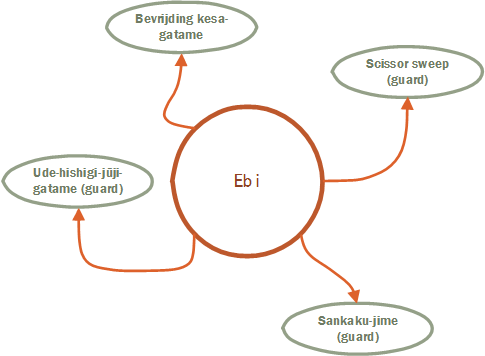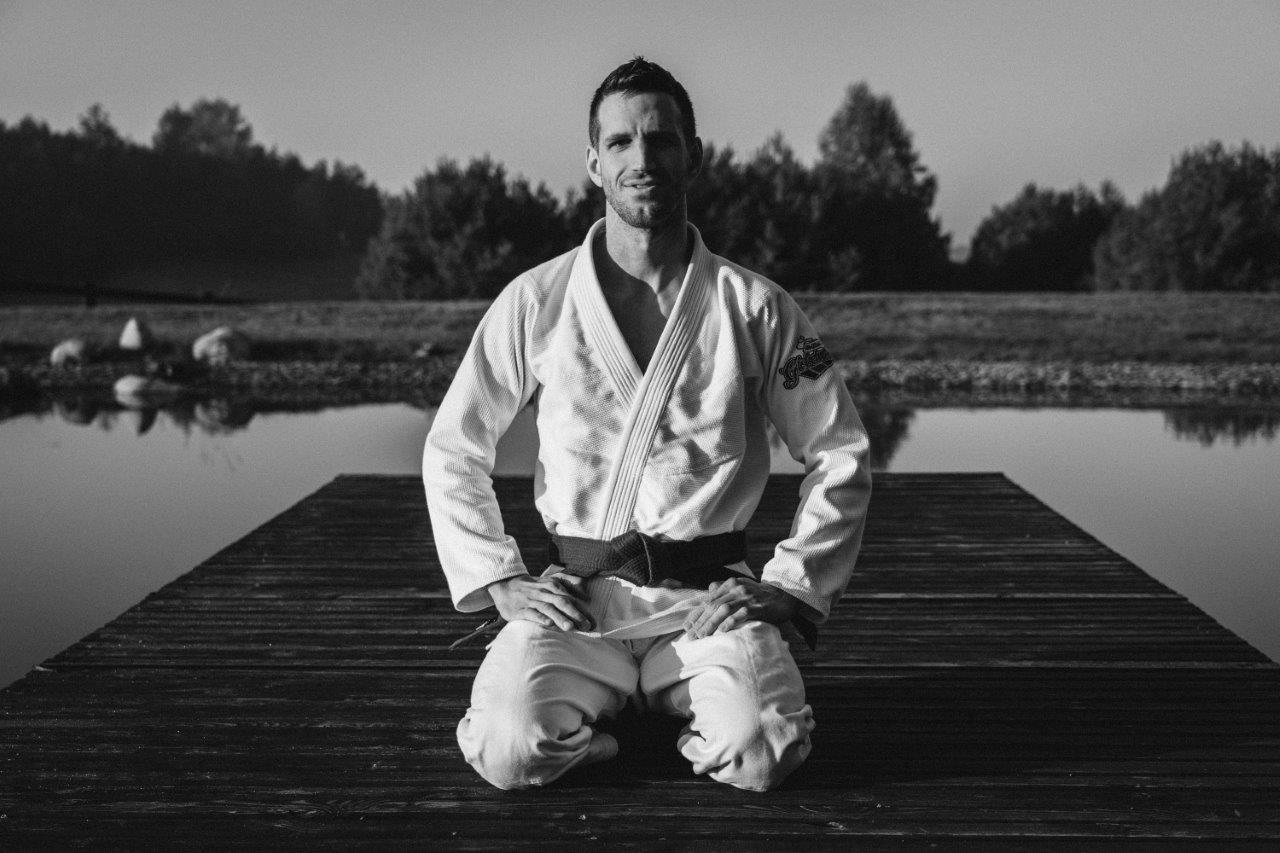Training Methods for Martial Arts
Blog by Sebastiaan Fransen, 5th dan Judo
https://www.spfransen.nl/trainingsmethodes-voor-krijgskunsten/
In the book Teaching Kids Jiu Jitsu, several training methods are outlined. I’ve expanded and adapted these methods below, making them relevant for various martial arts.
Understanding these methods helps determine which approach best suits individual learners. Preferences vary among students and instructors alike; certain methods are optimal for beginners, while others benefit advanced practitioners.
By consciously selecting a balanced mix of these methods—guided by the principle of seiryoku zen’yō (maximum efficiency with minimal effort)—instructors can evaluate which approaches are most effective.
- Principle
- Theme
- Movement
- Technique (waza)
- Chain
- If…Then…
- Position/Situation
Principle
Specific techniques have limited applications, while principles apply universally.
Example: Learning ude-hishigi-jūji-gatame from a specific position limits its applicability. Teaching the principle of isolating and extending the elbow, however, allows the application of various armlocks (jūji-gatame, waki-gatame, hiza-gatame) from multiple positions.
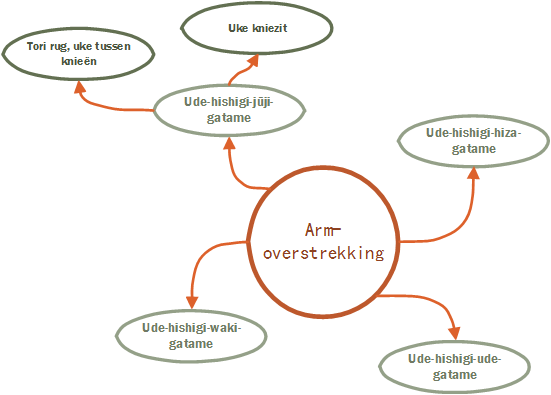
Principles such as kuzushi (balance-breaking), sutemi (sacrifice techniques), and de-escalation strategies foster adaptability.
Theme
Training sessions can revolve around themes, such as randori, kata, shiai, or self-defense.
For instance, self-defense training emphasizes tai-sabaki (body movement) to evade atemi-waza (strikes), transitioning to throws and controlling techniques. Shiai-focused sessions may permit competitive tactics or grips.
Themes encourage self-directed learning, like practicing combinations (renraku-waza) or exploring techniques disallowed in competition.
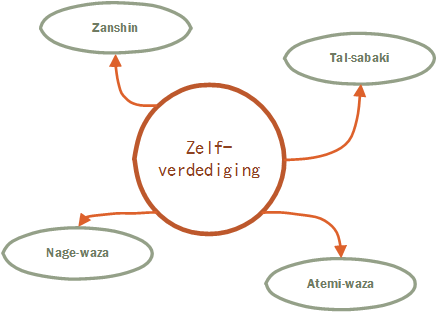
Als het thema zelfverdediging is, kan worden gefocust op het principe tai-sabaki bij het ontwijken van atemi-waza (bijv. stoot- en traptechnieken). Vervolgens kan worden gereageerd met een worp en controle naar keuze. De leerlingen worden ook geadviseerd niet naar de buik te draaien, omdat dit een hele dominante positie voor tori oplevert.
Movement
Techniques often consist of multiple movements, especially unfamiliar to beginners. Isolating specific movements helps practitioners internalize them, applying them later in various techniques.
Examples include practicing ebi (hip escape) in groundwork, crucial for escapes and submissions, or mastering footwork such as tai-sabaki and tsurikomi in throws like tai-otoshi and harai-goshi.
This approach builds versatility, allowing movements to become intuitive and reinforcing underlying principles.
Technique (Waza)
This commonly used method dedicates sessions to specific techniques, beginning with relevant warm-up exercises.
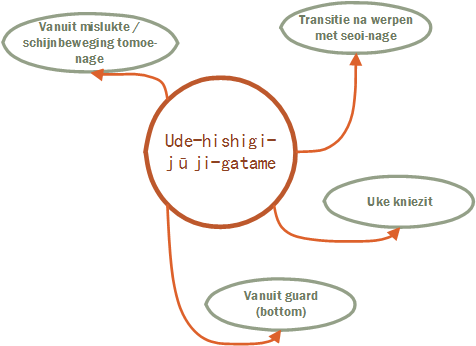
For example, training ō-soto-gari begins with balance exercises, followed by variations and counter-techniques. Techniques can be trained via kata, yaku soku geiko, kakari-geiko, or dynamic uchi-komi.
Repeated practice deepens mastery, potentially revealing underlying principles.
Chain
Chains involve sequences of techniques reflecting realistic scenarios in randori or self-defense. This teaches practitioners how techniques logically flow from one to another.

Example: tori attempts ō-soto-gari; uke steps back, prompting tori to continue immediately with ō-uchi-gari, transitioning smoothly into groundwork control.
Chains enhance fluidity, reaction time, and understanding of natural technique progressions.
If…Then…
Similar to chains, “If…Then…” methods base tori’s reactions entirely on uke’s movements, requiring active roles from both partners.
Example: If uke steps back from an ō-soto-gari attempt, tori transitions into sasae-tsurikomi-ashi. If uke responds differently, tori adjusts accordingly.
This method enhances responsiveness, adaptability, and creativity while maintaining realistic interactions.
Position/Situation
This approach targets specific positions or scenarios practitioners struggle with, as identified through practice or observation.
Example: Training ne-waza from a guard position or practicing throws against a strongly defensive stance (jigotai).
It helps resolve difficulties in particular situations, facilitating targeted improvement.

Final Thoughts
These methods overlap and complement each other, providing varied tools to enhance martial arts training. Feedback is welcome to refine and expand this overview further.

